How many ways is the Bernina Express scenic train route called? Probably as many ways as the wonders that the scenic Bernina Red Train, an Italian-Swiss UNESCO site, connects.
Yes, because the famous Bernina Express, from Chur (Coira in Italian) to Tirano via St. Moritz, is a masterpiece of engineering so sophisticated that its beauty can only be surpassed by the spectacle that the nature of the Alps has to offer.
We are therefore ready to discover the Bernina Express route. Amid glaciers, overhangs, tunnels, bridges and lakes, it will be easy to see why this little red train, which travels among Europe's most scenic vistas, is one of the few UNESCO railway lines in the world.
Find out how to book
Bernina Express from Tirano to St. Moritz: more than a century of history
On July 5, 1910, amidst considerable difficulties, the railway line on which the famous Bernina Express travels was completed.
Imagine what a titanic feat it was to realize this line. Not only because of the significant heights (the Bernina Pass is located at 2,328 meters), but also because of the difficulties related to weather conditions (snow and frost) and accidents at work. In addition, there are points where the railway line reaches a gradient of 70 per thousand, without a rack and pinion.
Still, connecting Switzerland to Italy was as vital as ever, as goods struggled to cross the Alps. As early as the 19th century, it was realized that a solution had to be found. And that solution was precisely the construction of the Bernina Express.
Nevertheless, the completion work took only four years, from 1906 to 1910. A team of more than 2,000 people had to work on the construction of the railway line, most of them from northern Italy.
Finally, the 61 kilometers of track from St. Moritz in Switzerland to Tirano in Italy was officially opened in July 1910.
It was such a success that even a Japanese engineer, fascinated by the magnificence of the work, decided to revive it in his homeland. This was the Hakone-Tozan Railway, north of Tokyo, twinned with the Bernina Express since 1973.
In 2008, the Rhaetian Railway in the Albula / Bernina Landscapes becomes UNESCO Heritage
What is commonly referred to as the 'Bernina Red Train' is actually two train lines that are united in the Rhaetian Railway.
On the one hand, in fact, there is the Bernina Pass line from St. Moritz to Tirano for 61 kilometers; on the other hand, there is the Albula Railway, opened in 1904, connecting Thusis and St. Moritz for a total of 67 kilometers.
The UNESCO nomination came for the entire Bernina Express route, from Tirano in Italy at 429 meters above sea level to St. Moritz in Switzerland (at 1775 meters above sea level) and from there to Thusis at 697 meters above sea level.
The reason for the UNESCO nomination is not only the exceptional nature of the work from an engineering point of view: in fact, a total of 58 covered tunnels and galleries are mentioned, as well as 196 viaducts and bridges.
In fact, the Bernina Express has also become a UNESCO World Heritage Site because the human endeavor has been magnificently embedded in the natural Alpine landscape that it traverses for more than 120 kilometers.
So let's discover its exceptional beauty by finding out what are the recommended stops on a trip aboard the Bernina Red Train.
Bernina Express Route: the 8 most beautiful stops from Tirano to St. Moritz
Before exploring the breathtaking route of the Bernina Red Train, be aware that there are two options to choose from.
On the one hand, in fact, there is the Bernina Express, which is equipped with panoramic carriages and makes a direct trip, thus without stops. To travel on this train, you have to reserve your tickets in advance.
Alternatively, there is the regional train that travels on the same route. The carriages are not scenic, but you can pull down the windows. Also, it is with this train that one can make the intermediate stops we are about to see.
Find out how to book1. Tirano, Valtellina, at the Swiss border
In Valtellina, there is the Italian town of Tirano, which is only a few kilometers from the Swiss border.
The opportunities offered by this place vary from the most diverse hiking routes (trekking or biking) to the most diverse food and wine opportunities.
Definitely not to be missed is the 16th-century Sanctuary of the Madonna of Tirano. The interior of this sacred place is decorated with statues and stuccoes, but what certainly stands out to the eye is the 2200-pipe organ, among the largest in Europe.
2. Brusio: not a train stop, but an authentic engineering masterpiece
In this very remote corner of Switzerland, the Bernina Express' greatest spectacle is staged.
On a 9-span bridge, in fact, the train makes a 360-degree turn entirely in the open. In this way, the railway line can rise 20 meters without using the rack and pinion. It thus reaches here the famous 70 per thousand gradient!
3. Cavaglia and its Glacier Garden
At about 1700 meters above sea level is the Glacier Garden Nature Park, known for its 'potholes of the giants', true natural sculptures formed over the centuries by the Palü glacier. This is probably the most important erosional pothole system in the Alps.
This visit, however, is accessible only in the warmer months, usually from May to October.
4. Alp Grüm, one of the most unforgettable views of the Bernina Express route
We still climb in altitude and arrive at an elevation of 2,091 meters.
The scenery from the incredible panoramic terrace is just one of the most beautiful postcards you will take home from this day on the Bernina Express.
In fact, your gaze at Alp Grüm can sweep over the Piz Palü glacier, over the Cavaglia plain all the way to the Bergamo Alps. An unforgettable view, to say the least.
5. Ospizio Bernina, the tallest stop of the entire route
At 2,253 meters above sea level, the view is almost supernatural. In winter, it is like being immersed in a white desert that has no horizon. In summer, the view of White Lake and Black Lake will make everything even more spectacular, if that is possible.
In this place, you can also extend your stay and sleep and refresh yourself properly, surrounded by a fairy-tale landscape.
6. Morteratsch: the view of the Bernina Massif and the tears of ice
The view of Bernina makes this stop one of the most beautiful and appreciated of the entire trip. Beautiful indeed but also significant.
In fact, where once there was an immense glacier, today, due to climate change, there is a nature trail that can be explored by young and old alike. An installation placed here symbolizes precisely the tears plants from the glacier in recent years.
7. Pontresina, the elegant queen of alpinism
We descend to about 1,800 meters and encounter Pontresina, a small town that in terms of elegance has nothing to envy neighboring St. Moritz.
A fascinating jewel of architecture reminiscent of the Belle Epoque, it is possible to engage in all kinds of mountain activities in Pontresina all year round.
It was once a destination for nobles and aristocrats, attracted by its natural beauty. Not to mention that Pontresina itself, because of its proximity to Bernina, was an obligatory passage for everything that passed between Italy and Switzerland.
8. St. Moritz, the rise of the so called white holidays tradition
This town that rises 1856 meters is literally kissed by the sun for 322 days a year on average.
St. Moritz is the dream of all skiing enthusiasts, attracted by its fairy-tale landscapes and the extraordinary luxury of its hotels. Not to mention the extreme quality of its gastronomy.
In winter, you can ride the Bob Run, the world's oldest dedicated natural bobsled track, or launch yourself into the more than 200 km of cross-country skiing trails. In summer, you can practise climbing, hiking, biking, as well as activities on the water, such as sailing and rowing.
In short, a place that holds the charm of paradise and the forbidden dream.
Some tips before getting on board of the Bernina Express, UNESCO Heritage
The extraordinary experience that a trip aboard the Bernina Red Train gives deserves some preliminary considerations.
First, it is a trip that needs to be planned ahead of time. Indeed, the enthusiasm that would drive anyone to see every stop should be balanced against the amount of stops that are really doable within the day.
Second, if one decides to travel in winter, one should consider that temperatures easily drop as low as -20 degrees (-4 Fahrenheit).
Now, let your adventure aboard the most spectacular red train ever finally begin!
Find out how to bookAbout the author
Written on 03/01/2023



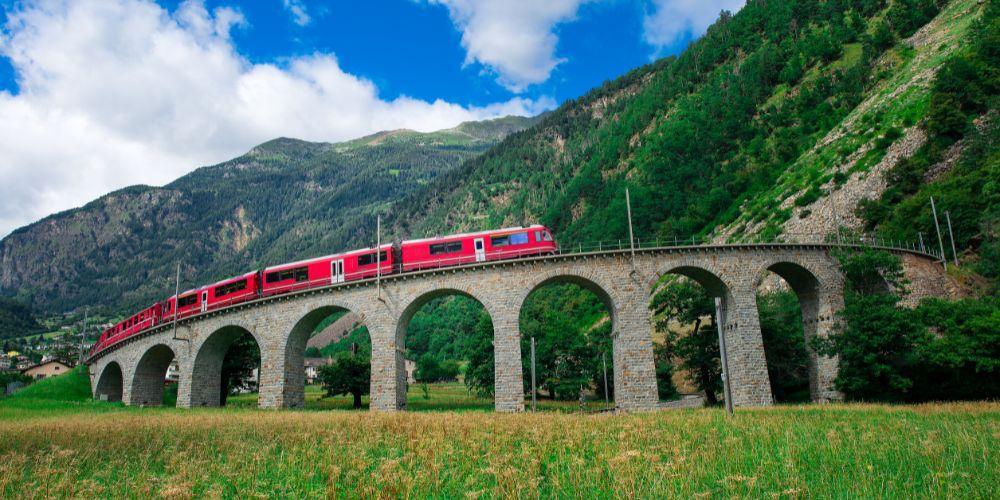
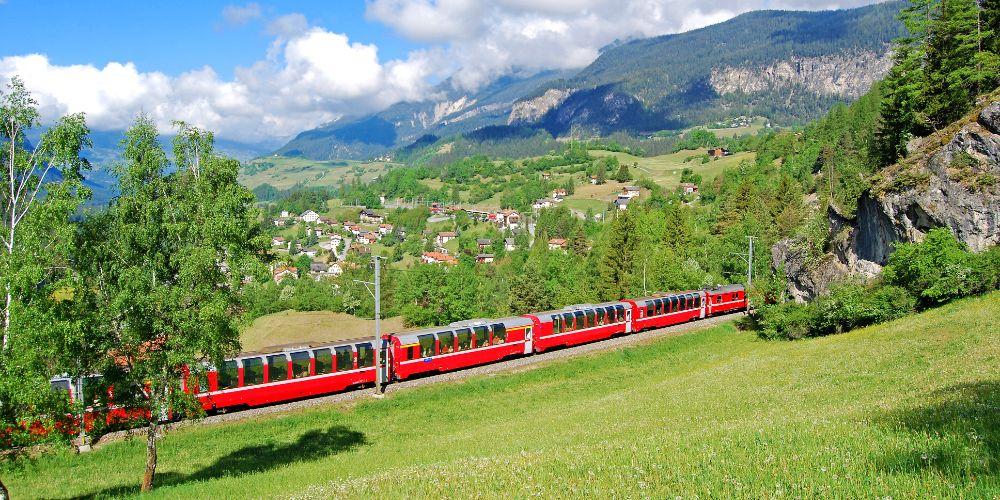
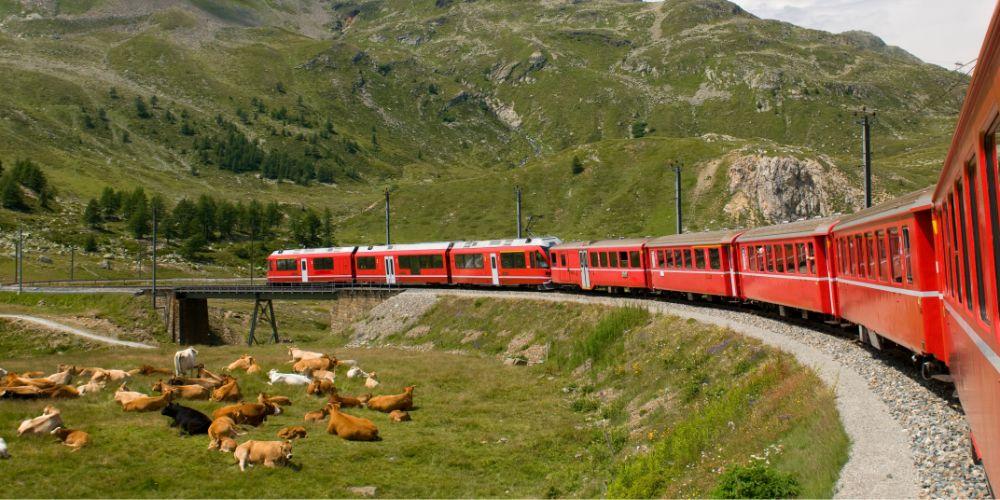

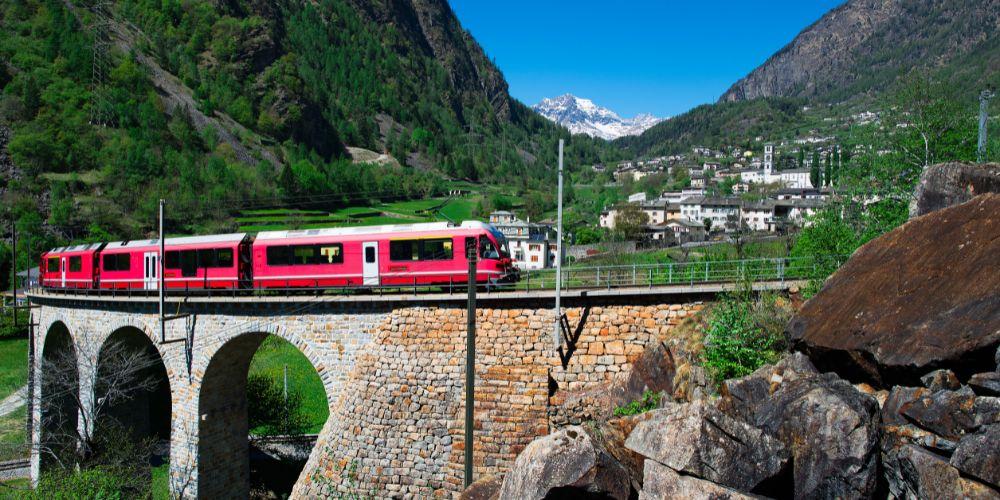
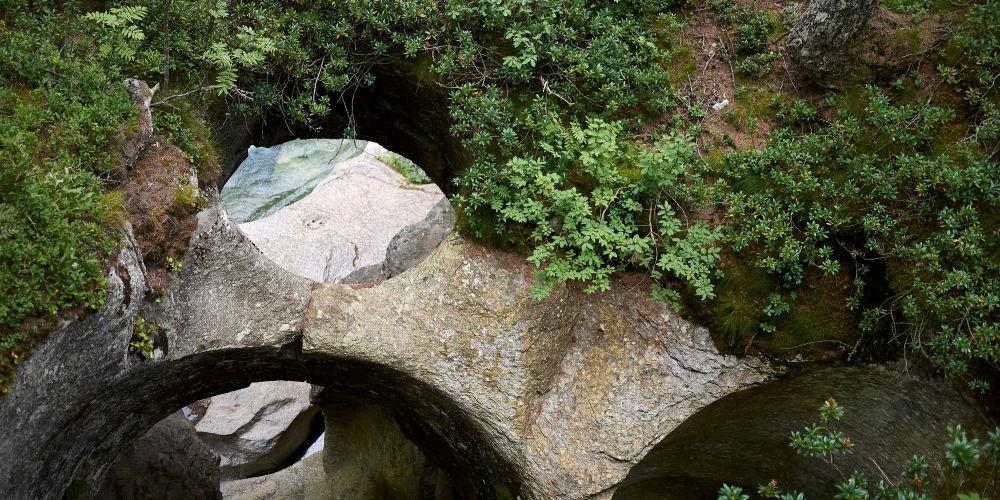

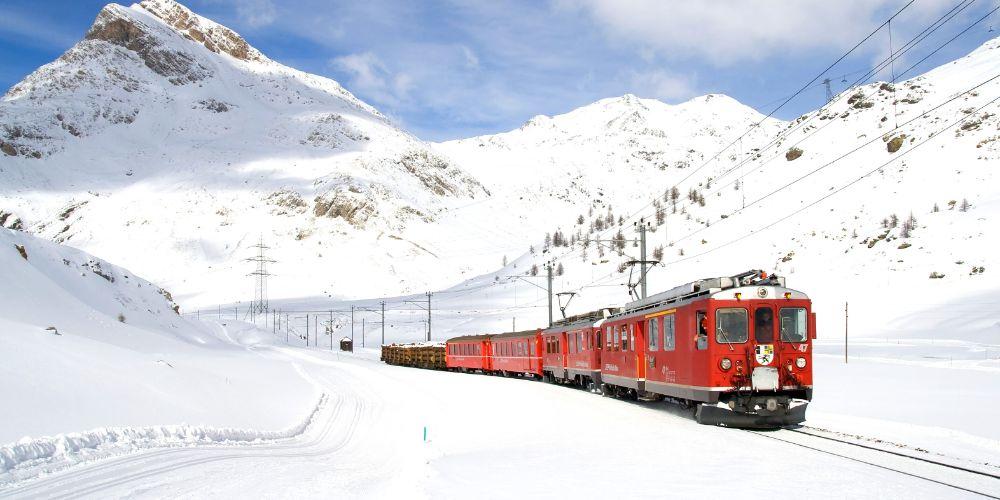
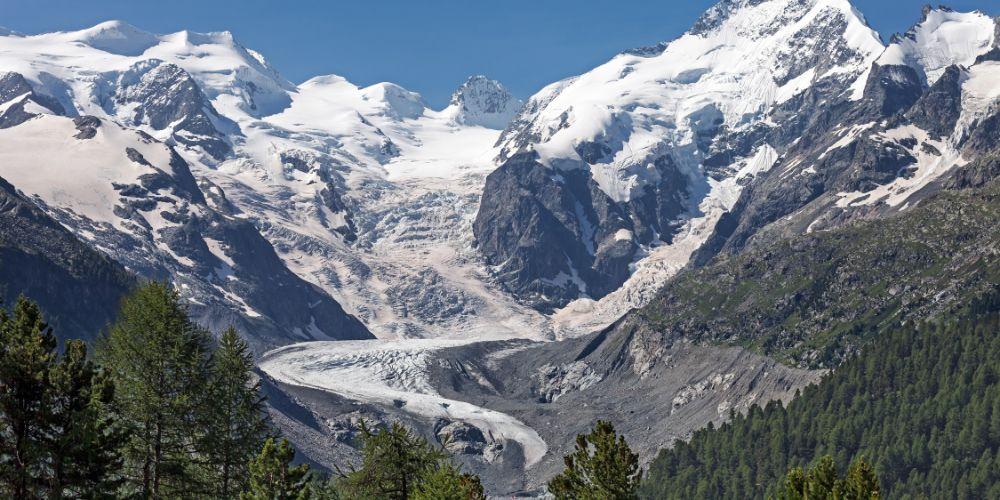
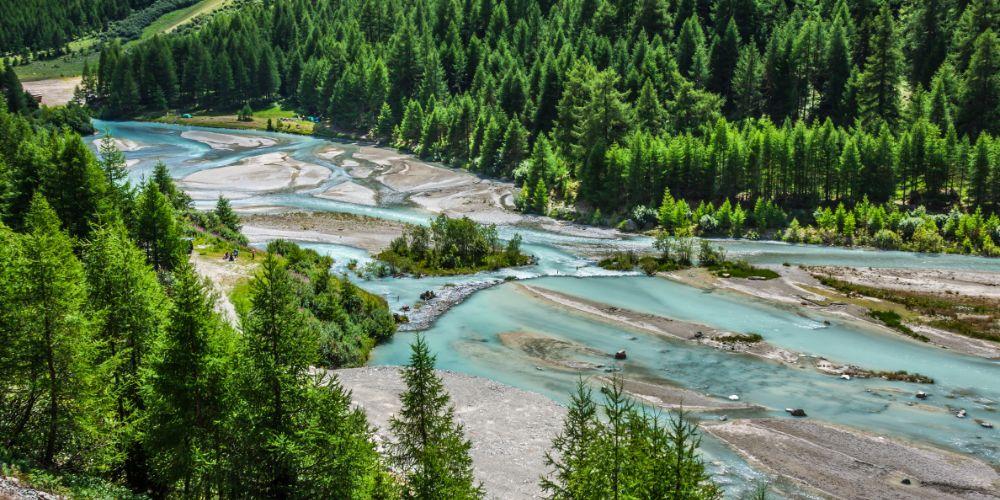
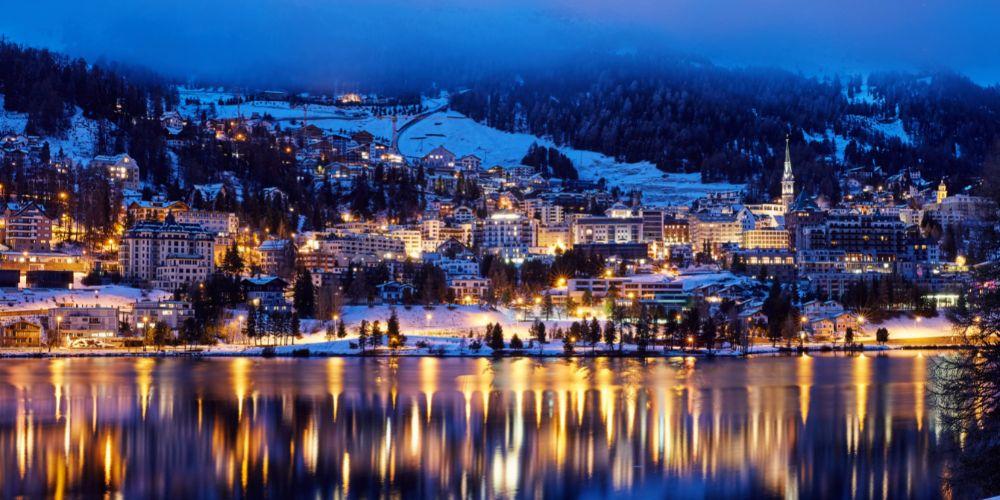
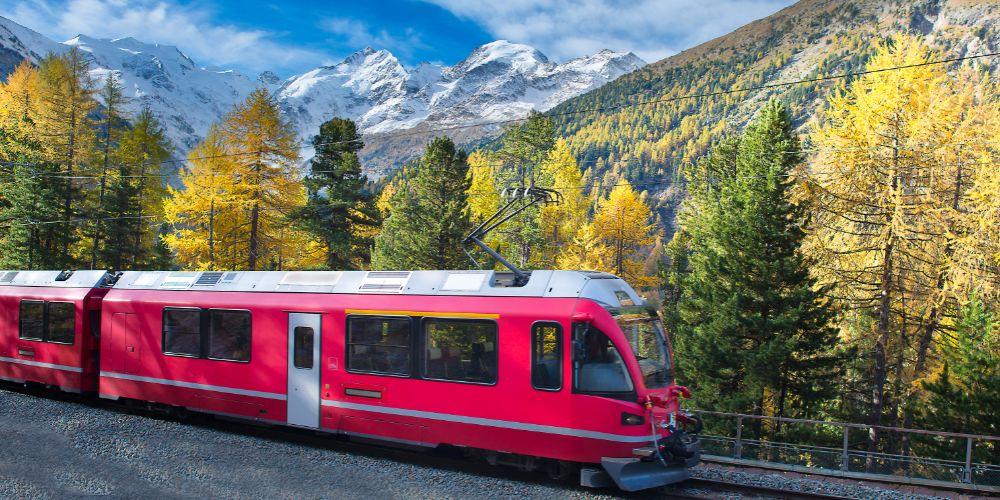
Elisa Borgato
Get on board the most scenic red train. Bernina Express will take you on a magic fairytale, made of ice and snow, named UNESCO since 2008.